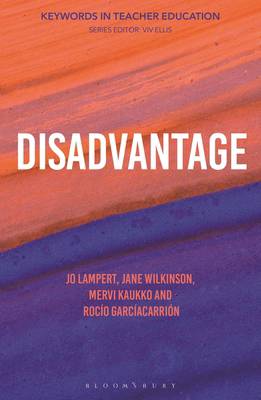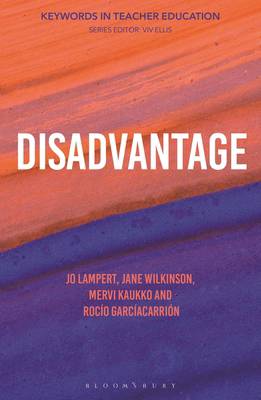
- Afhalen na 1 uur in een winkel met voorraad
- Gratis thuislevering in België vanaf € 30
- Ruim aanbod met 7 miljoen producten
- Afhalen na 1 uur in een winkel met voorraad
- Gratis thuislevering in België vanaf € 30
- Ruim aanbod met 7 miljoen producten
Zoeken
€ 103,45
+ 206 punten
Uitvoering
Omschrijving
Recognition of disadvantage is seen as crucial in preparing socially just teachers who can recognize and address inequities, and this engaging guide provides innovative strategies to reflect on disadvantage. Coupled with its discursive partners, inclusion and diversity, trainee teachers are asked to engage with theories of disadvantage, and advised to recognize, support and lead change for students who historically experience high levels of exclusion and marginalization. But what does disadvantaged mean?
In this book, the authors draw together international perspectives to explore the subtle and complex differences produced by the keyword disadvantage in different geo-political contexts, and look at the political, historical, social, and cultural significance of the word. They showcase narratives from the subjects of disadvantage, including indigenous perspectives. They include standpoints from immigrants, asylum seekers and refugees and consider the intersectional nature of disadvantage, for instance, the experiences of LGBTQI+ groups who are living in poverty.
In this book, the authors draw together international perspectives to explore the subtle and complex differences produced by the keyword disadvantage in different geo-political contexts, and look at the political, historical, social, and cultural significance of the word. They showcase narratives from the subjects of disadvantage, including indigenous perspectives. They include standpoints from immigrants, asylum seekers and refugees and consider the intersectional nature of disadvantage, for instance, the experiences of LGBTQI+ groups who are living in poverty.
Specificaties
Betrokkenen
- Auteur(s):
- Uitgeverij:
Inhoud
- Aantal bladzijden:
- 120
- Taal:
- Engels
- Reeks:
Eigenschappen
- Productcode (EAN):
- 9781350259102
- Verschijningsdatum:
- 8/02/2024
- Uitvoering:
- Hardcover
- Formaat:
- Genaaid
- Afmetingen:
- 127 mm x 203 mm
- Gewicht:
- 244 g

Alleen bij Standaard Boekhandel
+ 206 punten op je klantenkaart van Standaard Boekhandel
Beoordelingen
We publiceren alleen reviews die voldoen aan de voorwaarden voor reviews. Bekijk onze voorwaarden voor reviews.








